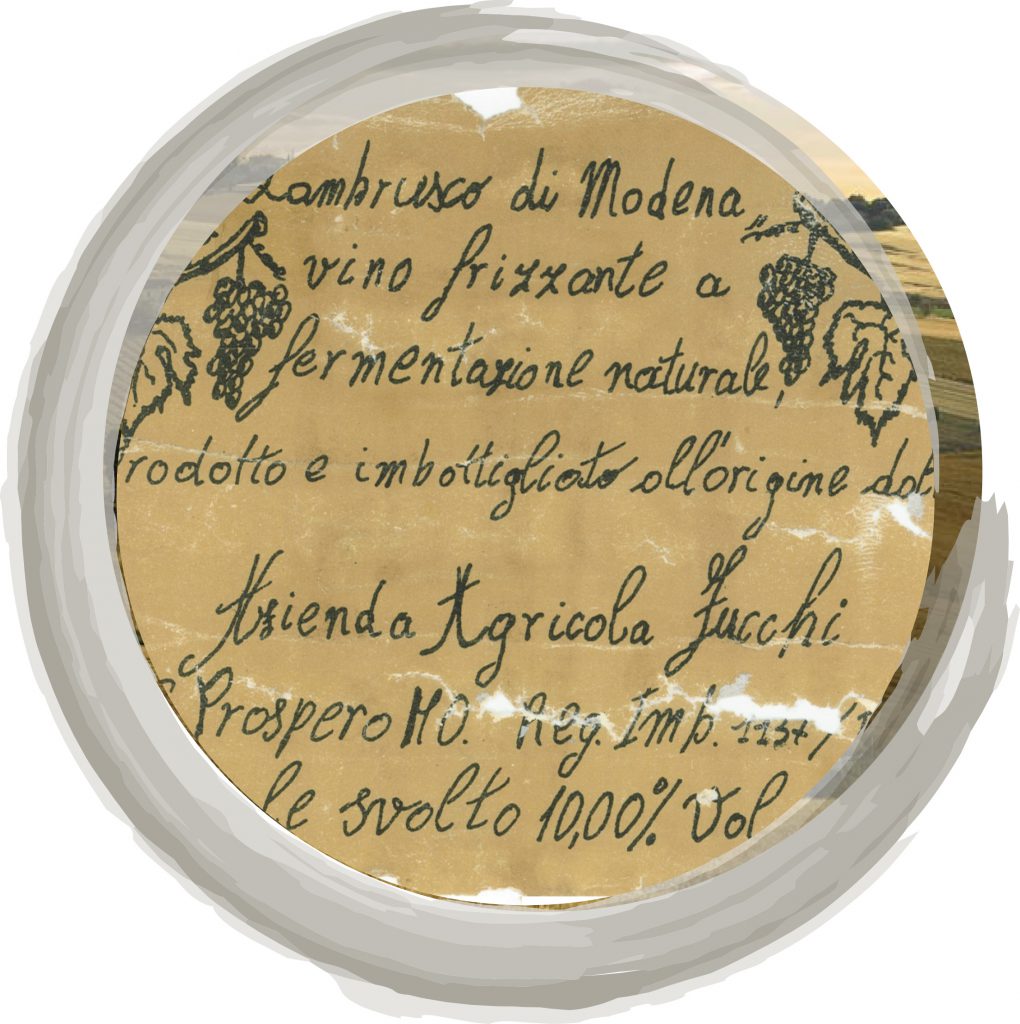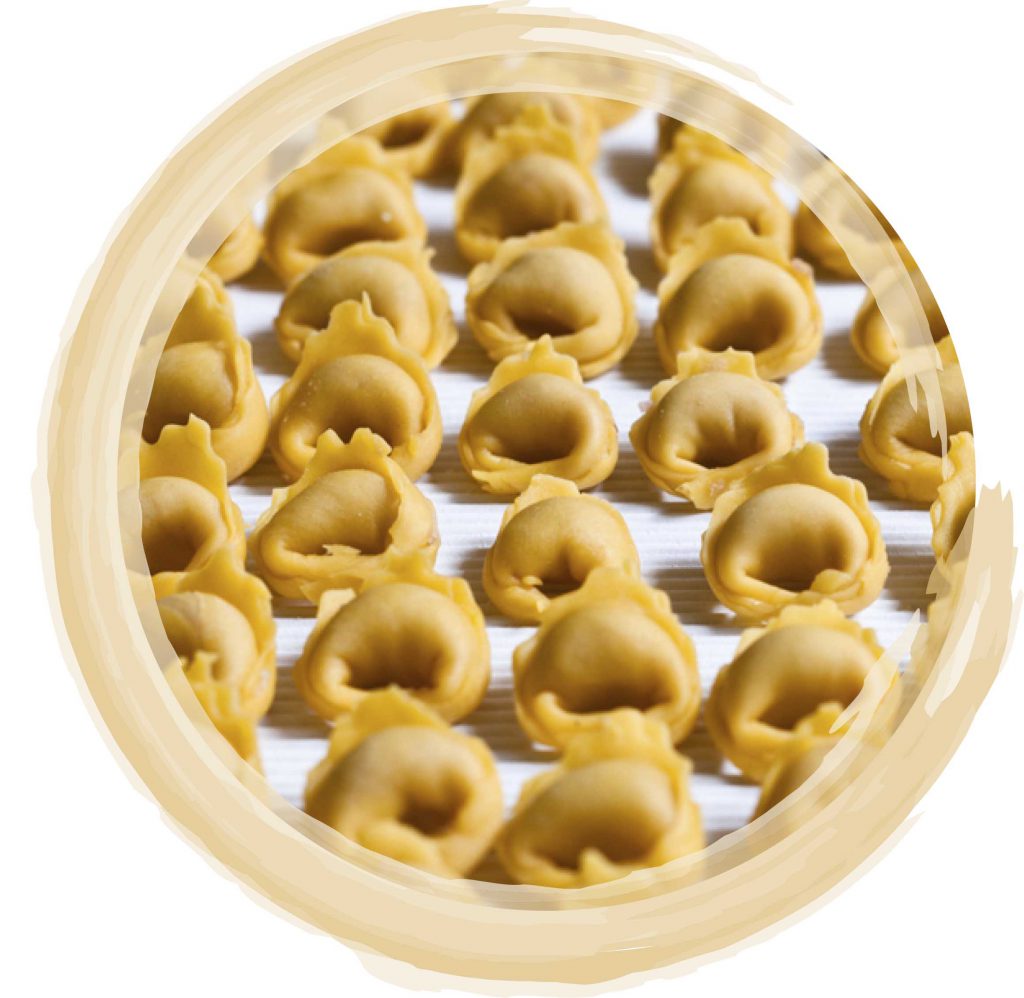OUR TERRITORY

Lambrusco – between Tradition and Territory
Lambrusco, an ancient vine, strong and generous, has preserved the vigor and purity of the wild grape and has been able to free itself from the cold and damp climate of the low plain and the mildest of the hill.
If it is true that every wine expresses the character of the territory where it is born and develops; it is equally true that no wine better than Lambrusco succeeds in this arduous task.
And being able to tell the spirit of the Emilian people in one gulp is no small feat. Speaking of Lambrusco means telling the story of Modena, cradle of the nectar dear to Carducci land in which this wine has become great and known. The first to be able to boast of the DOC were the Lambrusco di Sorbara, Grasparossa di Castelvetro and Salamino di Santa croce. It was 1970 when the areas within which the wines could be produced were identified, to which was added the IGT Emilia in 1994. In 2009, finally, to obtain the Protected Designation of Origin was Lambrusco di Modena.
From the refermentation in the bottle to the classic method
The technique used to produce Lambrusco was very similar to that of Méthod Champenoise which made Champagne famous. The ancient procedure with which Lambrusco was obtained, in truth, was analogous to the Champenoise only in certain phases. The production of sparkling wine, in fact, did not include those laborious operations called in French remuage è degorgement, aimed at separating the part of the limpid wine from the fermentation residues. The result was a wine often turbid and less marketable especially outside the regional boundaries. The advent of the Charmat Method allowed Lambrusco to reach every corner of the globe, creating a revolution within the cellars that until the late 1950s bottled Lambrusco alla luna di Marzo, as tradition would have it, giving way to the process of refermentation in the bottle already described. Now fermentation took place in large pressure-tight and temperature-controlled autoclaves; not only the bottling could take place throughout the year, and the product obtained expressed all the typical characteristics of the vine from which it came. It was clear and offered an indispensable qualitative constancy.


Modena cuisine
Fragrant cold cuts, excellent cheeses including the king, Parmigiano Reggiano, which sees the Modena area at the center of the typical production area. Our Parmigiano Reggiano is used together with pesto with minced lard to fill the typical Modena “crescentina”. Crescentina, more commonly called tigella, was the ancient mountain bread, a skilful mixture of flour, water, salt and yeast.
With so many delicious specialties we cannot forget his majesty the Tortellino, now appreciated all over the world, characterized by the tasty “pesto” enclosed by a thin egg-shaped pastry, cleverly manipulated to shape it into the traditional traditional form.
Mention is also made of the typical sweets representative of tradition, present for centuries on the tables of the ancient Duchy of Este. Among these we first mention the classic Appennine desserts, made with chestnut flour which used to be the main food source for the population during the long winters: castagnaccio, ravioli stuffed with chestnut jam, ciacci sweet and then descending towards the plain, the classic, fragrant “Bensone”, a sweet that was cut into slices and was often enjoyed “pucciato” in Lambrusco.
